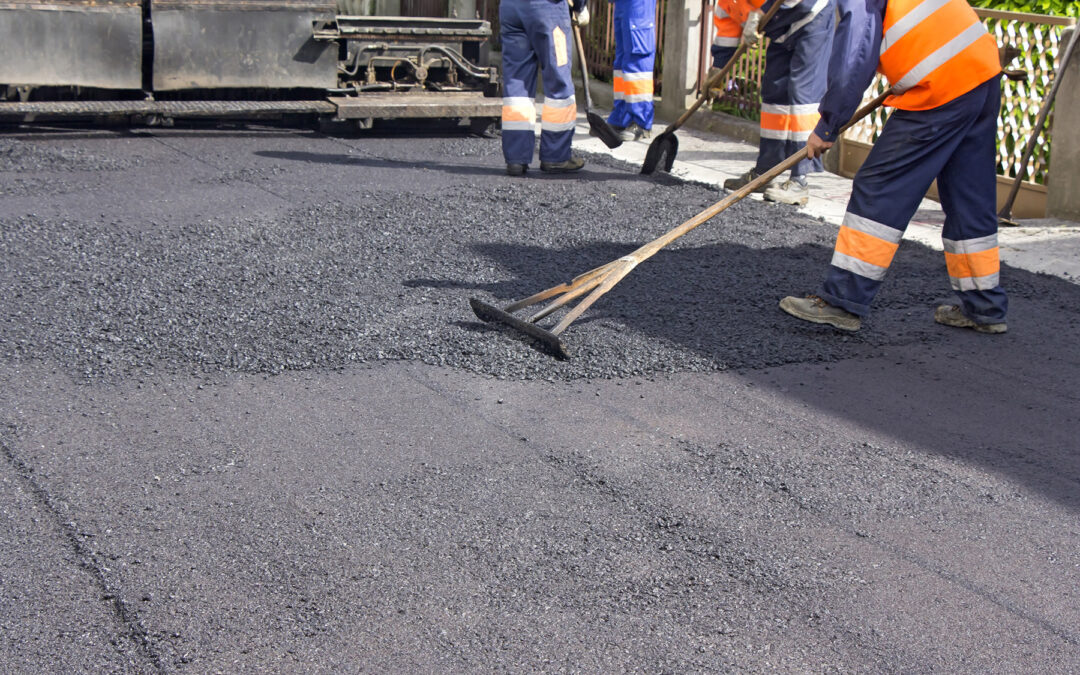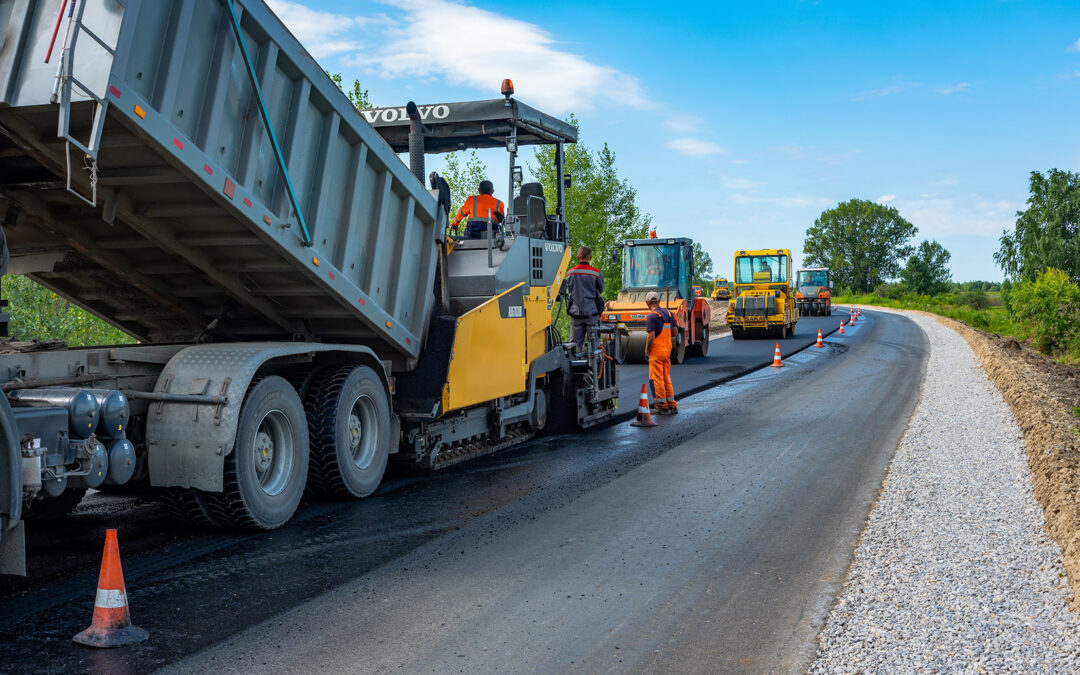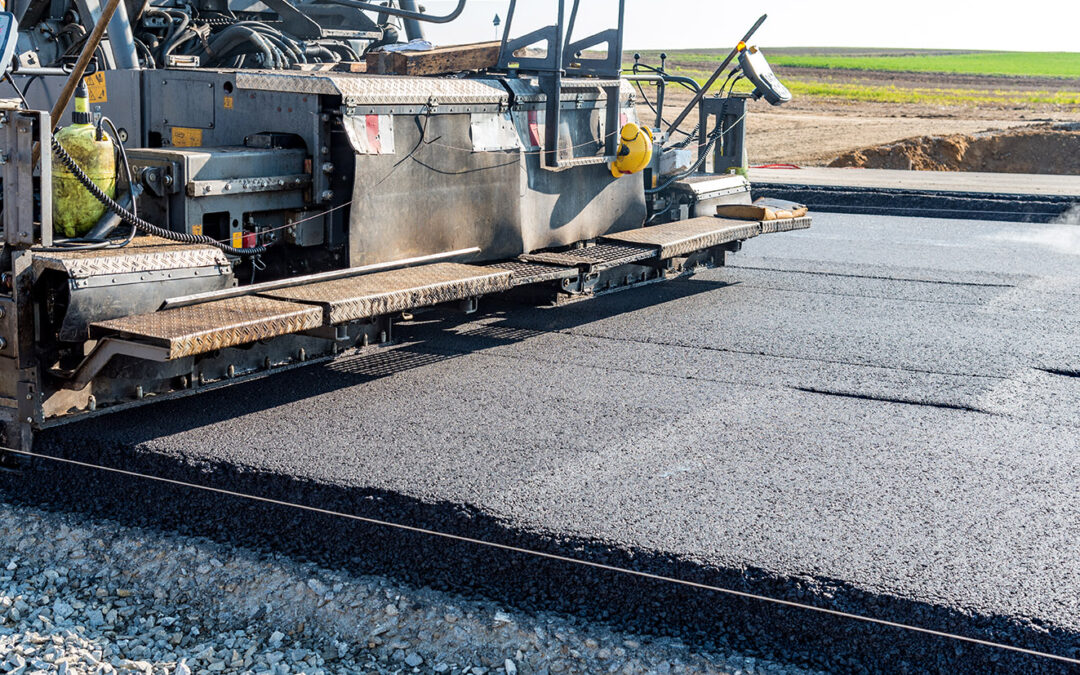 Pavement Facts There are over 4.05 million public centerline road miles (8.52 million lane miles) in the U.S. and of this, 2.50 million miles (or 63 percent) are paved with asphalt (FHWA 2009). About 70 percent of Washington State roads are paved with asphalt. Nearly...
Pavement Facts There are over 4.05 million public centerline road miles (8.52 million lane miles) in the U.S. and of this, 2.50 million miles (or 63 percent) are paved with asphalt (FHWA 2009). About 70 percent of Washington State roads are paved with asphalt. Nearly...
 Life Cycle Cost Today’s current national and local economic conditions – combining reduced funding with high infrastructure needs – have elevated the importance of prudent spending. Decision makers exercising good stewardship practices can easily justify their...
Life Cycle Cost Today’s current national and local economic conditions – combining reduced funding with high infrastructure needs – have elevated the importance of prudent spending. Decision makers exercising good stewardship practices can easily justify their...
 Perpetual Pavement The Perpetual Pavement concept was first articulated in 2000 and the concept has rapidly gained acceptance. The APA’s newest technical document on the subject is Perpetual Asphalt Pavements: A Synthesis. This comprehensive publication captures the...
Perpetual Pavement The Perpetual Pavement concept was first articulated in 2000 and the concept has rapidly gained acceptance. The APA’s newest technical document on the subject is Perpetual Asphalt Pavements: A Synthesis. This comprehensive publication captures the...
 Sustainable Pavement Asphalt is the sustainable material for constructing pavements. From the production of the paving material, to the placement of the pavement on the road, to rehabilitation, through recycling, asphalt pavements minimize impact on the environment....
Sustainable Pavement Asphalt is the sustainable material for constructing pavements. From the production of the paving material, to the placement of the pavement on the road, to rehabilitation, through recycling, asphalt pavements minimize impact on the environment....
 Livable Communities There is no doubt that societal trends and economic realities will shape the pavement market going forward. Those driving factors include public funding issues, an emphasis on sustainable growth and livability, environmental stewardship, employment...
Livable Communities There is no doubt that societal trends and economic realities will shape the pavement market going forward. Those driving factors include public funding issues, an emphasis on sustainable growth and livability, environmental stewardship, employment...






